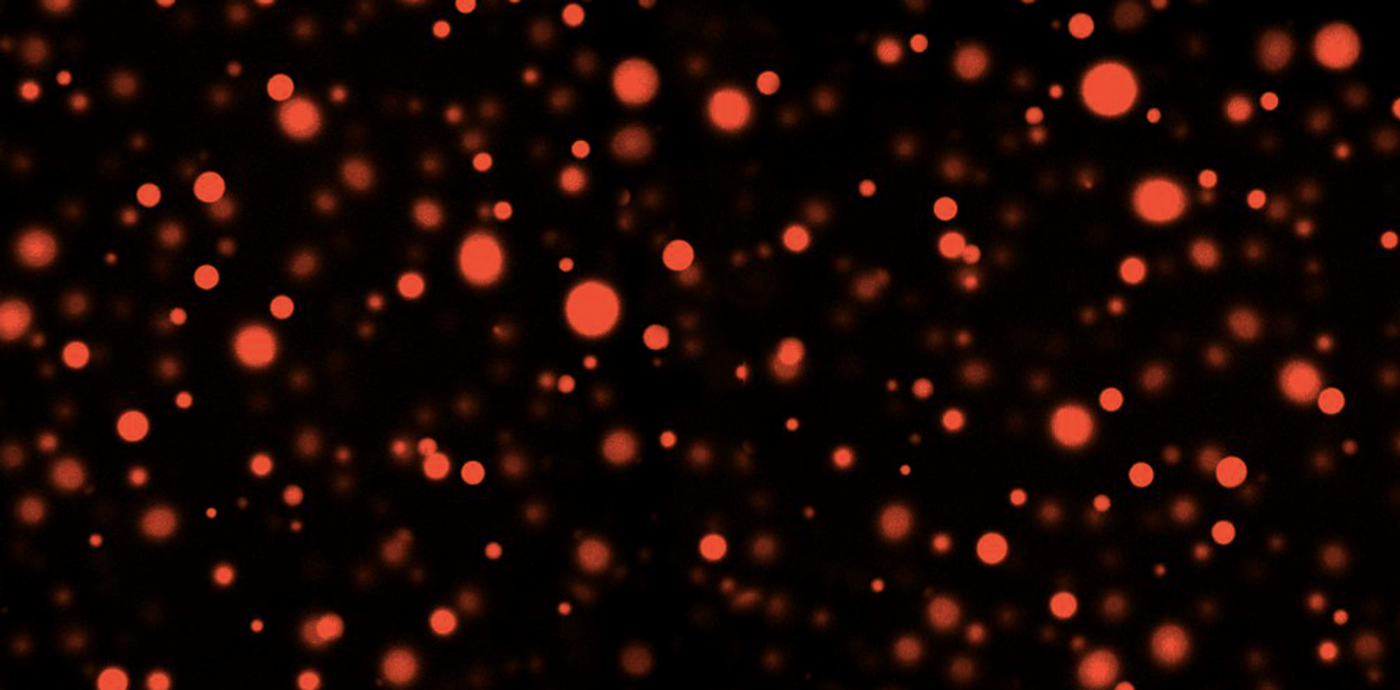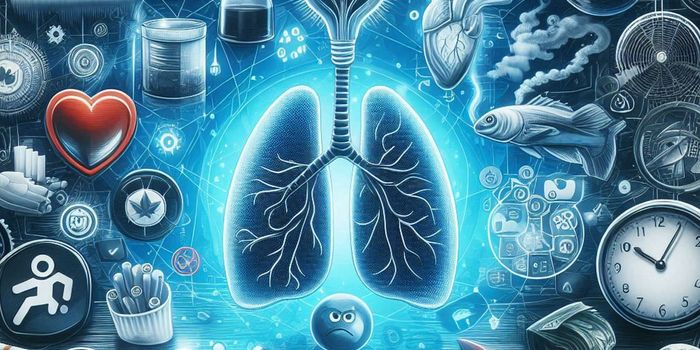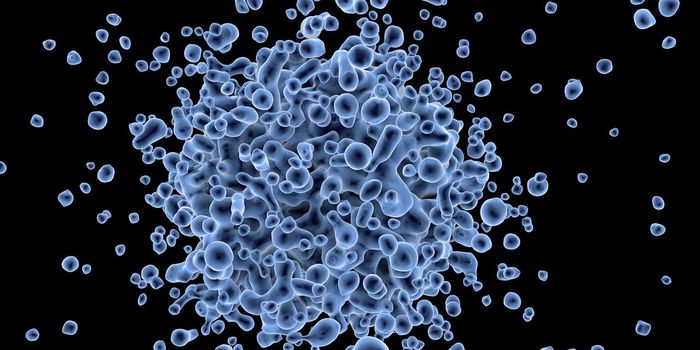Modeling the Separation of Liquids in Cells
Oil and water are both liquids, but they don't mix well, demonstrating a phenomenon known as liquid-liquid phase separation. In recent years, scientists have found that cells use phase separation, in which membraneless droplets form in the cell cytoplasm. These droplets can be a way for the cell to group molecules together to encourage biochemical reactions or sequester things in one part of the cell without needing a membrane like the one that surrounds the outside of a cell or some organelles.
Researchers have now created a simplified model of biological phase separation that is meant to mimic how biological molecules would behave, but in system that is easier to control than an intracellular environment. In this model, a polymer called polyethylene glycol (PEG) was mixed with proteins in a solution. PEG causes crowding in that solution, pushing out droplets that contain proteins, like what might be observed in cells. The work has been reported in Nature Communications.
In this study, the researchers decided to study enzymes, which catalyze reactions, in a crowded environment like the one that is inside of a cell. Laboratory conditions don't always replicate nature very well, and enzymes are typically analyzed in more dilute systems. The researchers were curious about whether the crowding in a cell might influence the behavior of enzymatic molecules in a way that has not been studied.
When an enzyme called lactate dehydrogenase was added to the experimental solution containing PEG and protein droplets, they found that the droplets became like tiny reaction chambers, which has been a theory about the purpose of membraneless droplets. The reactions were happening at an efficient rate, similar to what's been observed in microorganisms.
With all this activity, the droplets can contain a lot of energy, noted study co-author Dr. Mirco Dindo, a researcher in the lab of study leader Professor Paola Laurino, of OIST’s Protein Engineering and Evolution Unit.
The scientists then applied a different enzyme called urease to the system that promotes a pH change. A pH gradient was produced inside of the droplets, and the molecules inside began to move around.
“This phenomenon in cells is called cytoplasmic streaming, and it is a very important mechanism to mix and move things inside the cell,” said Dindo. “It’s very interesting for us that we can reproduce it in the lab.”
The scientists suggested that this study may be closer to what happens in a live cell than other experimental systems, and that this model reproduces what can be observed in the cytosol of cells. Various enzymes could be tested in this system, as well as different protein levels to see how these changes alter reactions in the cell.
Sources: Okinawa Institute of Science and Technology (OIST) Graduate University, Nature Communications









